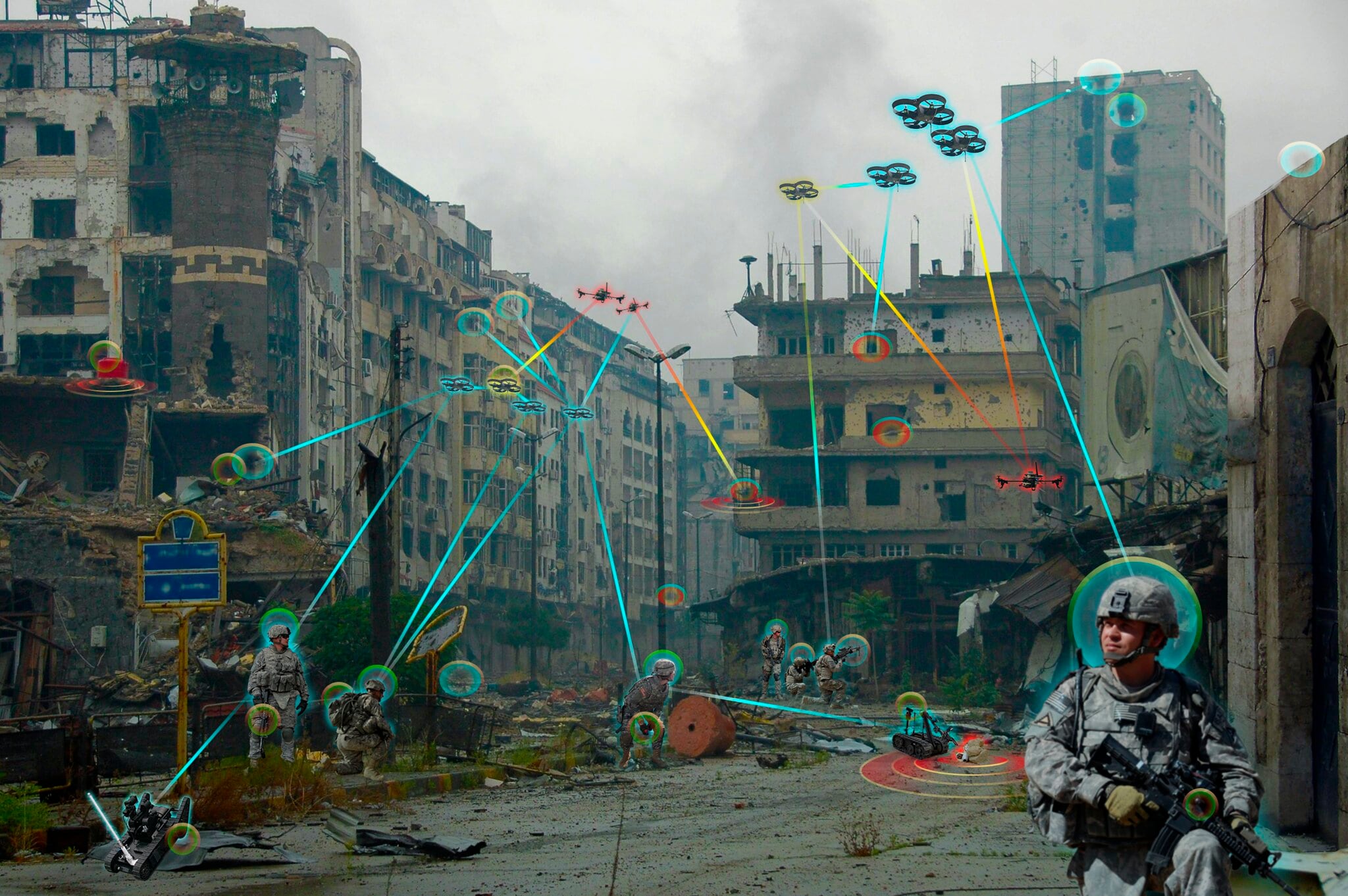As AI becomes more prominent in the national security community, officials are grappling with where to use it most effectively.
During a panel discussion at the C4ISRNET conference June 6, leaders discussed the role of industry building AI that will be used by the military.
After studying small and big companies creating AI technology, Col. Stoney Trent, the chief of operations at the Pentagon’s Joint Artificial Intelligence Center, said he found commercial groups do not have the same motivations that exist in the government.
“Commercial groups are poorly incentivized for rigorous testing. For them that represents a business risk,” Trent said. Because of this, he the government needs to work with the commercial sector to create these technologies.
“What the Defense Department has to offer in this space is encouragement, an incentive structure for better testing tools and methods that allows us to understand how a product is going to perform when we are under conditions of national consequence because I can’t wait,” Trent said. “Hopefully, the nation will be at peace long enough to not have a high bandwidth of experiences with weapons implementations, but when that happens, we need them to absolutely work. That’s a quality of commercial technology development.”
For this to take place, the Department of Defense needs to help create the right environment.
“All of this is predicated on the Pentagon doing things as well,” said Kara Frederick, associate fellow for the technology and national security program at the Center for a New American Security. “Making an environment conducive to the behaviors that you are seeking to encourage. That environment can be the IT environment, common standards for data processing, common standards for interactions with industry, I think would help.”
Panelists said national security leaders also need to weigh the risks of relying more on AI technology, one of which is non-state actors using AI for nefarious purposes.
Trent said he sees AI as the new arms race but noted that in this arena, destruction may be easier than creation.
“AI is the modern-day armor anti-armor arms race,” Trent said. “The Joint AI Center, one of the important features of it is that it does offer convergence for best practices, data sources, data standards, etc. The flip side is we fully understand there are a variety of ways you can undermine artificial intelligence and most of those are actually easier than developing good resilient AI.”
Frederick said part of this problem stems from the structure of the AI community.
“I think what’s so singular about the AI community, especially the AI research community, is that its so open,” Frederick said. “Even at Facebook, we open source some of these algorithms and we put it our there for people to manipulate. [There is this] idea that non-state actors, especially those without strategic intent or ones that we can’t pin strategic intent to, could get a hold of some of these ways to code in certain malicious inputs [and] we need to start being serious about it.”
However, before tackling any of these problems, leaders need to first decide when it is appropriate to use AI
Rob Monto, lead of the Army’s Advanced Concepts and Experimentation office, described this process as an evolution that takes place between AI and its users.
“AI is like electricity,” he said. “It can be anywhere and everywhere. You can either get electrocuted by it or you target specific applications for it. You need to know what you want the AI to do, and then you spend months and years building out. If you don’t have your data set available, you do that upfront architecture and collection of information. Then you train your algorithms and build that specifically to support that specific use case…AI is for targeted applications to aid decisions, at least in the military space, to aid the user.”
Once the decision is made how and where to use AI, there are other technologies that must make advances to meet AI. One the biggest challenges, said Chad Hutchinson, director of engineering at the Crystal Group., is the question of hardware and characteristics such as thermal performance.
“AI itself is pushing the boundaries of what the hardware can do,” Hutchinson said.
Hardware technology is not the only obstacle in AI’s path. These issues could stem from policy or human resource shortfalls.
“What we find is the non-technology barriers are far more significant than the technology barriers,” Trent said.
Kelsey Reichmann is a general assignment editorial fellow supporting Defense News, Fifth Domain, C4ISRNET and Federal Times. She attended California State University.








